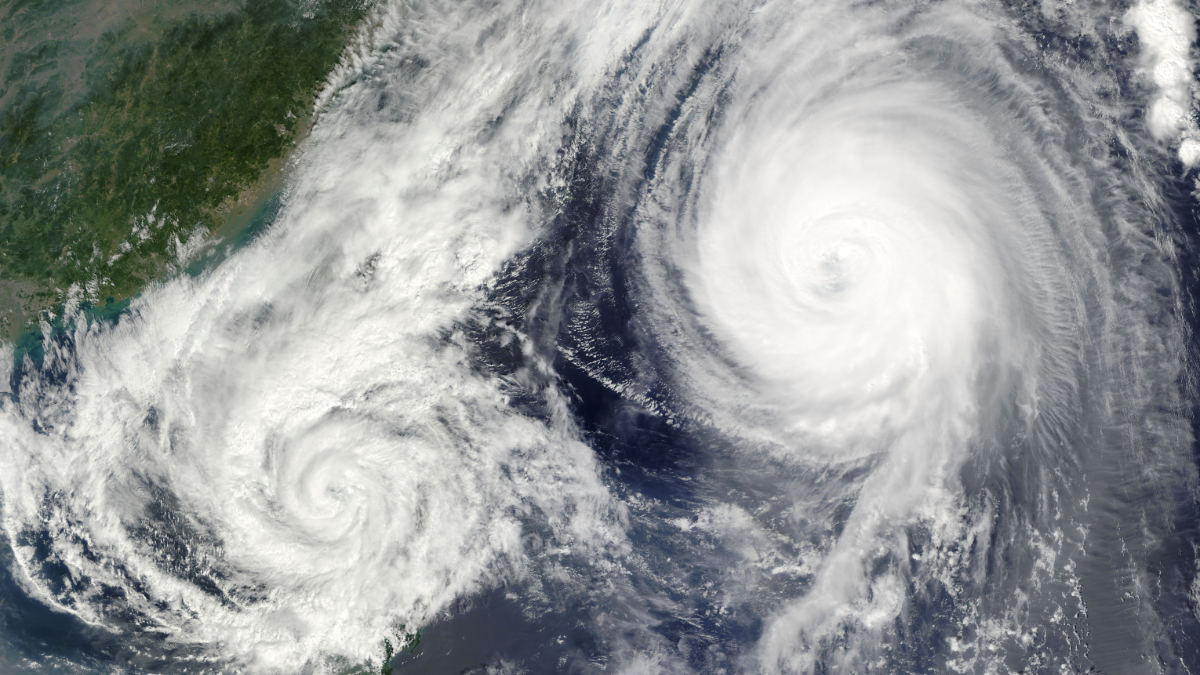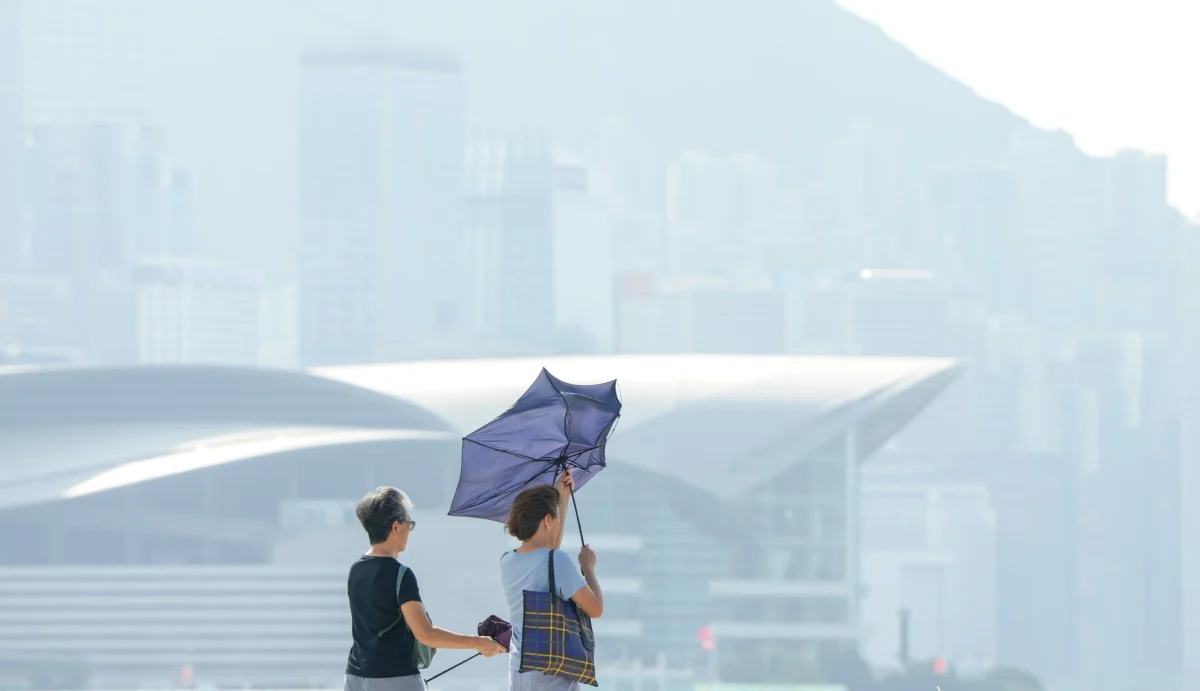Just minutes after raising the No. 9 alert as Typhoon Koinu pummeled the city with greater force than anticipated, the Hong Kong Observatory announced on Sunday evening that it would consider issuing the top No. 10 storm warning for the second time this year depending on wind conditions.
Over 200 flights were expected to be cancelled or delayed by midnight, and at least eight people were hurt, including two cleaners who were hit by falling trees. Classes were cancelled, and public transportation was also hampered for the most of the day.
At 8:25 p.m. the weather forecaster issued an amber rainstorm warning, stating that most of the city should expect sustained rainfall above 30 mm per hour.
Tracking the Pace of Typhoon Koinu-
The Typhoon Koinu storm intensified again just before it swung south of the city, contrary to prior predictions from the Observatory that it would weaken as it moved west across Taiwan into the South China Sea towards the coast of mainland China.
At 7:05 p.m., the Observatory reported that “as a result of the effects of Typhoon Koinu, gale winds are affecting many places over the territory, with occasional storm force winds offshore and on high ground.” Typhoon Koinu’s eyewall is slowly making its way towards the area of the Pearl River Estuary.
At 7 o’clock in the evening, Typhoon Koinu was situated approximately 70 km (43 miles) south of Hong Kong and slowly moving towards the Pearl River Delta to the northwest or west-northwest. Tate’s Cairn reported a highest wind speed of more than 132 km/h (82 mph) at 6:45 p.m.
The Trailing Effects-
The administration stated without offering any detailed information that six individuals were hurt and suffered head injuries as a result of trees falling due to high-speed winds. They were immediately transported to a hospital. As of 6:40 p.m., there had been eleven reports of trees falling.
The storm has also caused delays for flights into and out of the city, with the Airport Authority estimating that by day’s end, 90 flights would be cancelled and another 130 would be delayed. “For the full day, the airport has 860 flights booked. Around 520 planes had arrived or left by 3pm, according to the authority’s deputy general manager, Herman Chung Ho-man.
Before leaving for the airport, Chung advised customers to double-check their flight information with the airline or the relevant authority. According to him, mainland China and Japan were the destinations of the majority of today’s cancelled and delayed flights, with an average delay period of roughly 30 minutes.
Operations have been going “generally normally” so far, according to representatives for Cathay Pacific Airways, Hong Kong Airlines, HK Express, and Greater Bay Airlines.
The Education Bureau said that all schools were out for the day and encouraged campuses to take precautions to protect students.
In the morning, the administration made a special announcement. advising people with long or challenging journeys to start travelling. Additionally, it stated that it was making plans to release its staff as necessary. While continuing limited operations underground, the MTR Corporation discontinued services including open-air parts, such as fast rail trains travelling between the city and the airport. After discontinuing daytime services, Citybus and KMB stated they would eventually cease their overnight trips.
The Drainage Services Department reported that as of 6:40 p.m., it had not received any reports of flooding. This is in sharp contrast to the flash flooding that occurred last month, only days after Typhoon Saola hit and the first No 10 storm warning of the year was issued.
Residents rushed to supermarkets to stock up on goods as a result of the alerts and warnings issued with the advance of Typhoon Koinu towards Hong Kong. Outside one wet market in Tseung Kwan O, a huge queue of customers waiting to purchase extra vegetables could be spotted.
To ensure that tourists kept a safe distance from the sea, Civil Aid Service officers also patrolled the waterfronts.
Koinu, named after the Canis Minor constellation in Japanese, is the third storm this year to receive a No. 9 signal.





